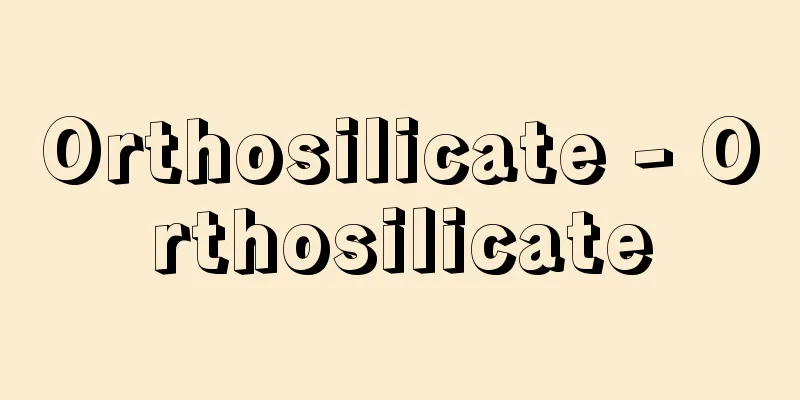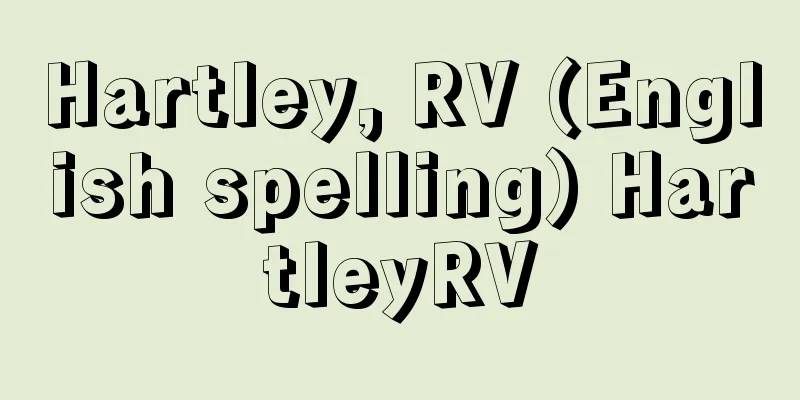Jean François Fernel

|
1497?-1558 A leading French physician during the Renaissance. He went to Paris to study philosophy, astronomy, mathematics, and later medicine. He eventually achieved success as a medical doctor, becoming a professor at the University of Paris and serving as physician to King Henry II in his later years. He developed the Renaissance theory of the unity of the heavens and man, and was deeply attracted to the ideas of magic, astrology, and mysticism that were deeply rooted at the time, but later broke away from these. As a proponent of progressive thought, he had many enemies, but his anatomical findings based on his empirical observational eye (De Natura Medica, 1542), which slightly preceded Vesalius' anatomical book (De Anatomia Humana, 1543), were innovative. Source: Heibonsha World Encyclopedia, 2nd Edition Information |
|
1497?‐1558 ルネサンス期のフランスを代表する医学者。パリに出て哲学,天文学,数学,のち医学を勉強した。結局は医学者として大成し,パリ大学教授となり,晩年はアンリ2世の侍医も務めた。天体・人間一如のルネサンス的理論を展開し,当時根強かった魔術,占星術,神秘思想に彼自身強く心をひかれたが,のちこれらから決別した。進歩思想の持主として敵も多かったが,ベサリウスの解剖学書(《人体の構造》1543)に少し先立つ彼の経験主義的な観察眼による解剖所見(《医学の自然的部分》1542)には斬新なものがみられる。 出典 株式会社平凡社世界大百科事典 第2版について 情報 |
>>: Fernando de Noronha Islands (English spelling)
Recommend
Ashiyazuka
...All sources state that Doman was born in Harim...
Individual heating
...to heat a room. There are individual heating, ...
Land for loan - Ontaichi
→ Beneficium Source : Heibonsha Encyclopedia About...
Agromyza albipennis (English spelling) Agromyzaalbipennis
…[Tetsu Shinonaga]. … *Some of the terminology th...
Wealthy farmer - Gounou
Upper class farmers who existed from the end of t...
Toshiki Sano - Toshiki Sano
Architect and authority on earthquake-resistant c...
Alfred Hill
...The band visited Japan several times between 1...
Umbrella - Umbrella
⇒ Kibi no kasano-shidaru Source: Kodansha Digital ...
Hopkinson, F.
...As colonies were established in various places...
Omphalos
...In ancient Asia Minor, the Phrygian goddess Cy...
Arnoul
…He was a layman who became the Bishop of Metz (n...
Chordodes japonensis (English spelling)
…When these insects emerge and are eaten by insec...
Fistularia villosa (English name) Fistulariavillosa
…[Isao Hanyu]. … *Some of the terminology that me...
Enri - Enri
In Japanese mathematics, this refers to the relat...
McKim, Mead and White
The most influential architectural firm in the lat...









